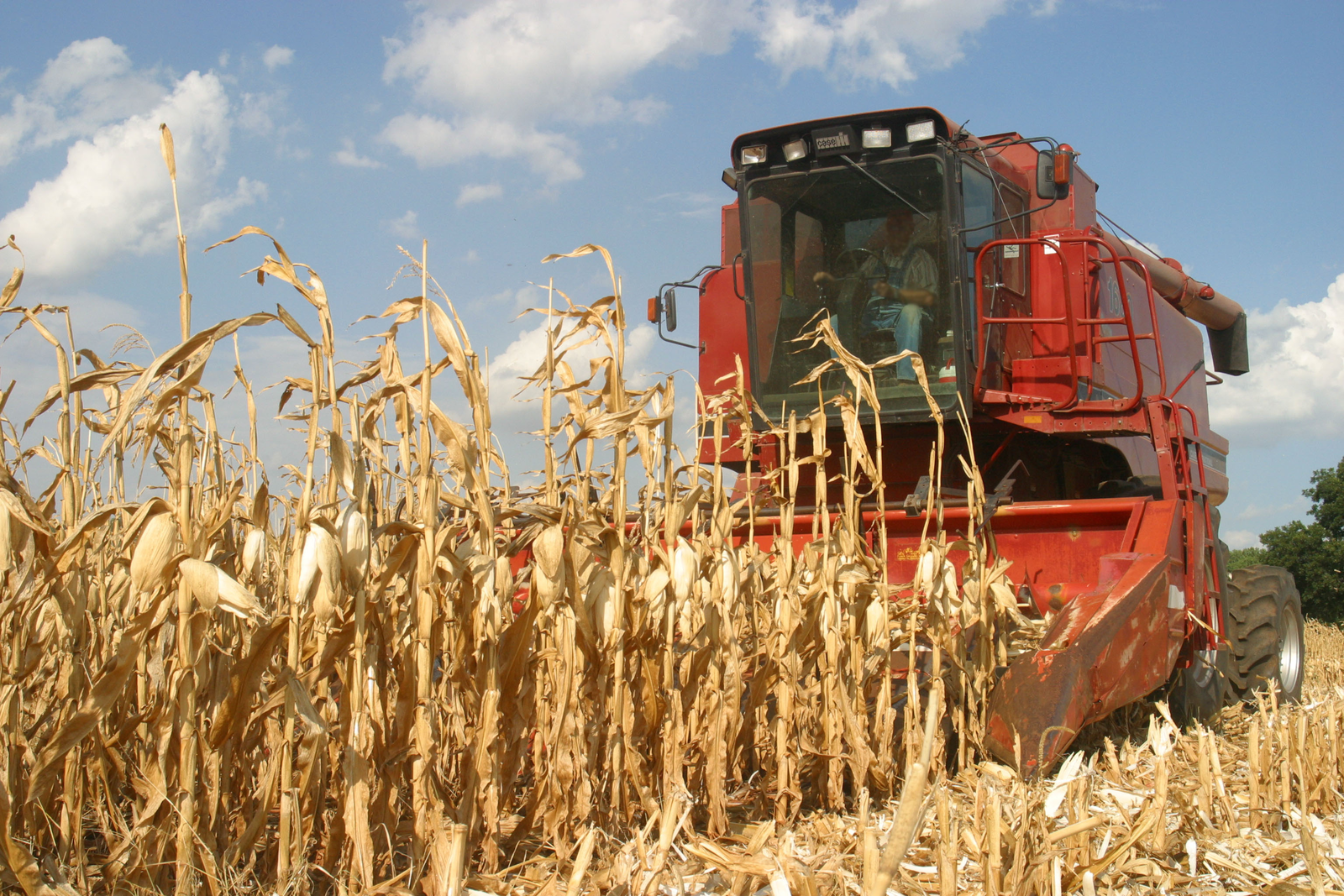Growth in US agricultural exports to China

Over the past decade, the United States’ agricultural exports to China have risen sharply, propelling China into its position as the fastest-growing and highest-value export destination for US farm and food products.
According to the USDA, in 2011, China surpassed Canada to become the top US market and it has since retained that position. In fiscal year (FY) 2015, US agriculture and related exports to China totalled $25.9 billion, comprising approximately 16 percent of all US agricultural exports. While the rapid growth in US farm exports to China has plateaued in recent years, many macroeconomic conditions signal the potential for continued long-term growth and trade expansion in China. An increasingly urban population, a growing middle class, and higher disposable incomes have increased Chinese consumers’ ability to diversify their diets and purchase high-value, protein-rich foods.
Growth in grains and meat
USDA forecasts a considerable increase in China’s imports of coarse grains, soybeans, cotton, beef, and pork by 2024. Furthermore, growth in US exports of horticultural goods, dairy, and alcoholic beverages to China bode well for future opportunities within the consumer-oriented products sector. Provided the US-China trade partnership remains strong, US agricultural producers are well positioned to capitalize on China’s economic development and consumer demand into the foreseeable future. The value of US agricultural and related exports to China has more than tripled over the last 10 years, reaching a record $29.6 billion in FY 2014 before declining slightly in FY 2015.
Rise in animal feed ingredients
A variety of agricultural goods have made significant contributions to US export totals, many gaining first-time market access to China in the last couple of years. For example, US sorghum and distiller’s dried grains used for animal feed have become billion-dollar exports to China despite being almost non-existent prior to 2008. Sales of these lower-cost feed substitutes have helped offset recent declines in US corn exports caused by China’s restrictive trade policies. Similarly, exports of US hides and skins, seafood, and wood products have recently surpassed the $1 billion mark. While these numbers are significant, soybeans continue to dominate US agricultural exports to China, historically accounting for approximately half the total value of US exports. In FY 2015, US soybean exports to China were valued at $12.7 billion, the second-highest level on record.
Growth also comes with challenges
The tremendous expansion of US agricultural trade with China has not come without challenges. Chinese consumers recognize the United States as a supplier of high-quality agricultural and food products that are both trusted and desired. However, US exports are limited by Chinese policies that promote agricultural self-sufficiency and protect domestic industries. China’s lack of regulatory transparency, inconsistent product review and approval processes, and erratic distribution of import quotas all distort trade and create uncertainty for US exporters. This environment has prevented the United States from achieving its full potential in exports to China. The size of the agricultural trade relationship for both the United States and China, as well as US agricultural exports’ support for China’s food security through trade, provides incentives for both sides to address these issues. Recent engagements have shown that negotiations between the two countries can achieve positive results. For instance, a series of agreements on sanitary and phytosanitary (SPS) measures and technical barriers to trade (TBT) for horticultural goods has greatly benefited US almond, citrus, and apple producers.











